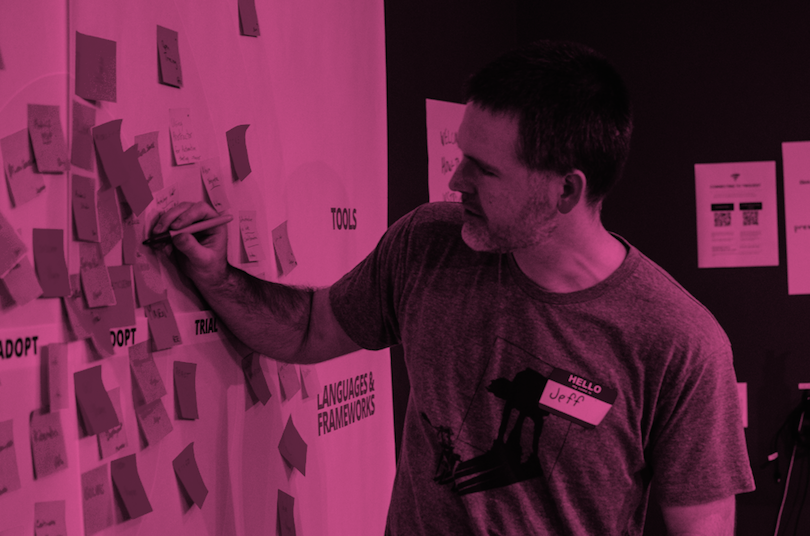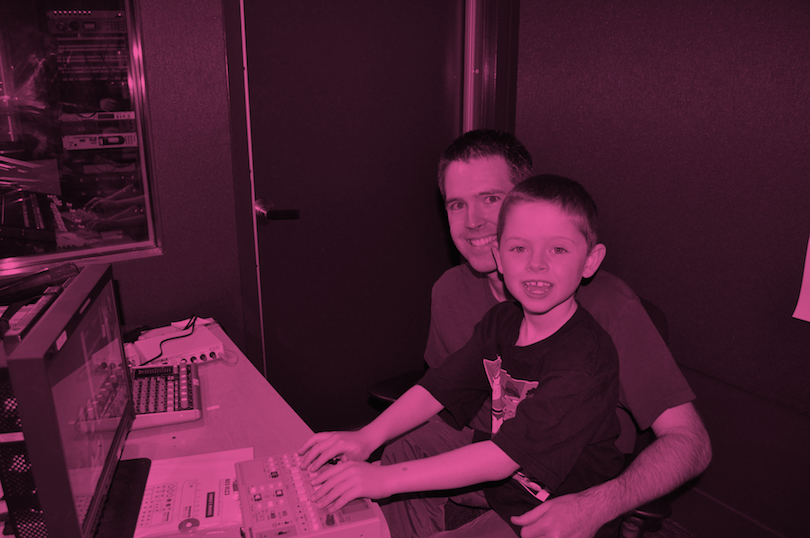Careers at Thoughtworks
5 Tips for Being an Effective Tech Lead


It’s Not About You Anymore
When I’m leading a team, I have to balance my individual contributions against the overall productivity of the team. It usually ends up being more important to focus on the team’s productivity. It no longer matters whether I get any stories done or not; what matters is whether we as a team are successful. I might go through a week and not commit a line of code, because I am bouncing around removing roadblocks so that the team can be effective. This may feel completely strange for those of us that come from a background of “I need to get these features done”, but the reality is that you have to be able to step back and see the bigger picture.
Let Go of Your Solutions and Encourage Team Decisions

Relationships Are Key: Have 'Water Cooler Conversations'
Build The Next Generation

Build Your Toolbox: Be Prepared for What Is Next
Disclaimer: The statements and opinions expressed in this article are those of the author(s) and do not necessarily reflect the positions of Thoughtworks.
